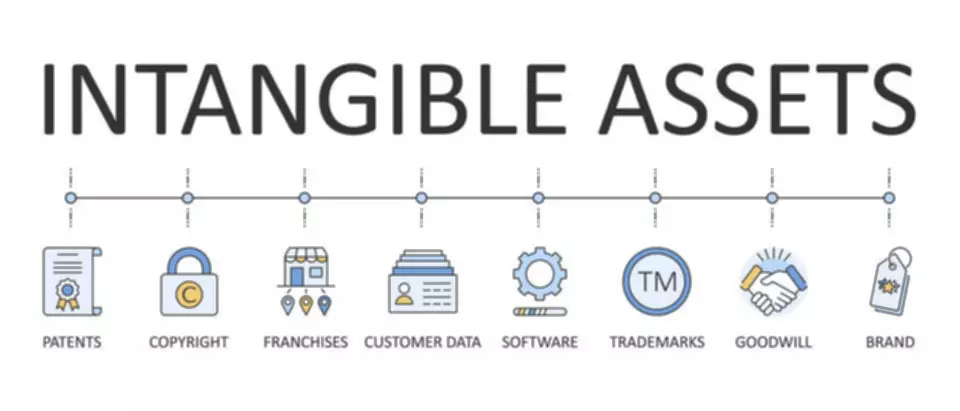Content

Another credit risk mitigation option is to ensure you always have a cash reserveto use in case of emergency, like a rainy-day fund. First and foremost, you need to know your position as a supplier in terms of debt repayment – other creditors generally include employees, banks, tax authorities, etc. Credit risk is important for both you and the https://www.bookstime.com/ company you are about to do business with. Having a low credit risk allows you to do business with so many more companies. Having a high credit risk limits you to only the few companies that are willing to take a risk and do business with you. Credit risk is a specific financial risk borne by lenders when they extend credit to a borrower.
The risk measurement and management models used by BBVA have made it a leader in best practices in the market and in compliance with Basel II guidelines. You’ll see that our risk scoring models leverage multiple AI methods, including deep neural network and machine learning technologies, to provide unmatched accuracy levels in bankruptcy prediction. Application scorecard is applied on new customers whereas Behavior scorecard is applied on existing customers . For application scorecard, we don’t require well-calibrated default probabilities. But calibrated default probabilities are required for behavior scorecard as per Basel norms.
Basel III
For most banks, loans are the largest and most obvious source of credit risk. However, there are other sources of credit risk both on and off the balance sheet. Off-balance sheet items include letters of credit unfunded loan commitments, and lines of credit. Other products, activities, and services that expose a bank to credit risk are credit derivatives, foreign exchange, and cash management services. Financial institutions face different types of credit risks—default risk, concentration risk, country risk, downgrade risk, and institutional risk. When lenders offer mortgages, credit cards, or other types of loans, there is a risk that the borrower may not repay the loan.
- This is where credit scores come in, since it looks at how good you are at paying back your debts (high, meaning good; low, meaning bad).
- Lenders will seek to understand the proportion of debt and equity that support the borrower’s asset base.
- Loans are extended to borrowers based on the business or the individual’s ability to service future payment obligations .
- With an enduring COVID-19 pandemic both weakening crude oil prices globally and sinking their revenue, Basic Energy Services, Inc. has opted for bankruptcy protection for the second time in five years.
In the case of a client insolvency, you will rely more on the law than on your contract. Your credit risk management strategy must be based on an in-depth knowledge of the country legislation in effect. Financial InstitutionsFinancial institutions refer to those organizations which provide business services and products related to financial or monetary transactions to their clients.
Credit Risk vs. Interest Rates
Traditionally, it refers to the risk that a lender may not receive the owed principal and interest, which results in an interruption of cash flows and increased costs for collection. Excess cash flows may be written to provide additional cover for credit risk. When a lender faces heightened credit risk, it can be mitigated via a higher coupon rate, which provides for greater cash flows. Credit risk analysis varies from one organization to the other. The challenges faced by a mid-sized business can be different from that of a large enterprise.
With revolving products such as credit cards and overdrafts, the risk is controlled through the setting of credit limits. Some products also require collateral, usually an asset that is pledged to secure the repayment of the loan. The lender can also take out insurance against the risk or on-sell the debt to another company. In general, the higher the risk, the higher will be the interest rate that the debtor will be asked to pay on the debt. Credit risk mainly arises when borrowers are unable or unwilling to pay. Although it’s impossible to know exactly who will default on obligations, properly assessing and managing credit risk can lessen the severity of a loss.
Financial KPIs to prevent payment defaults
He does not need to go to the bank for the loan as most dealerships will deal with the bank for their customers. what is credit risk He goes to a local bank in the hopes of getting a loan to get his small business off the ground.
- For example, you have granted a trade credit to a client who uses accounting dissimulation to hide key elements of their commercial or financial situation.
- The Structured Query Language comprises several different data types that allow it to store different types of information…
- Ideally, this group should have a record of solid financial performance wherever they have worked, preferably having avoided bankruptcy situations.
- The process determines the level of uncertainty involved with each borrower.
- A bond is a fixed-income investment that represents a loan made by an investor to a borrower, ususally corporate or governmental.
- In US, FICO score is very popular credit score ranging between 300 and 850.
